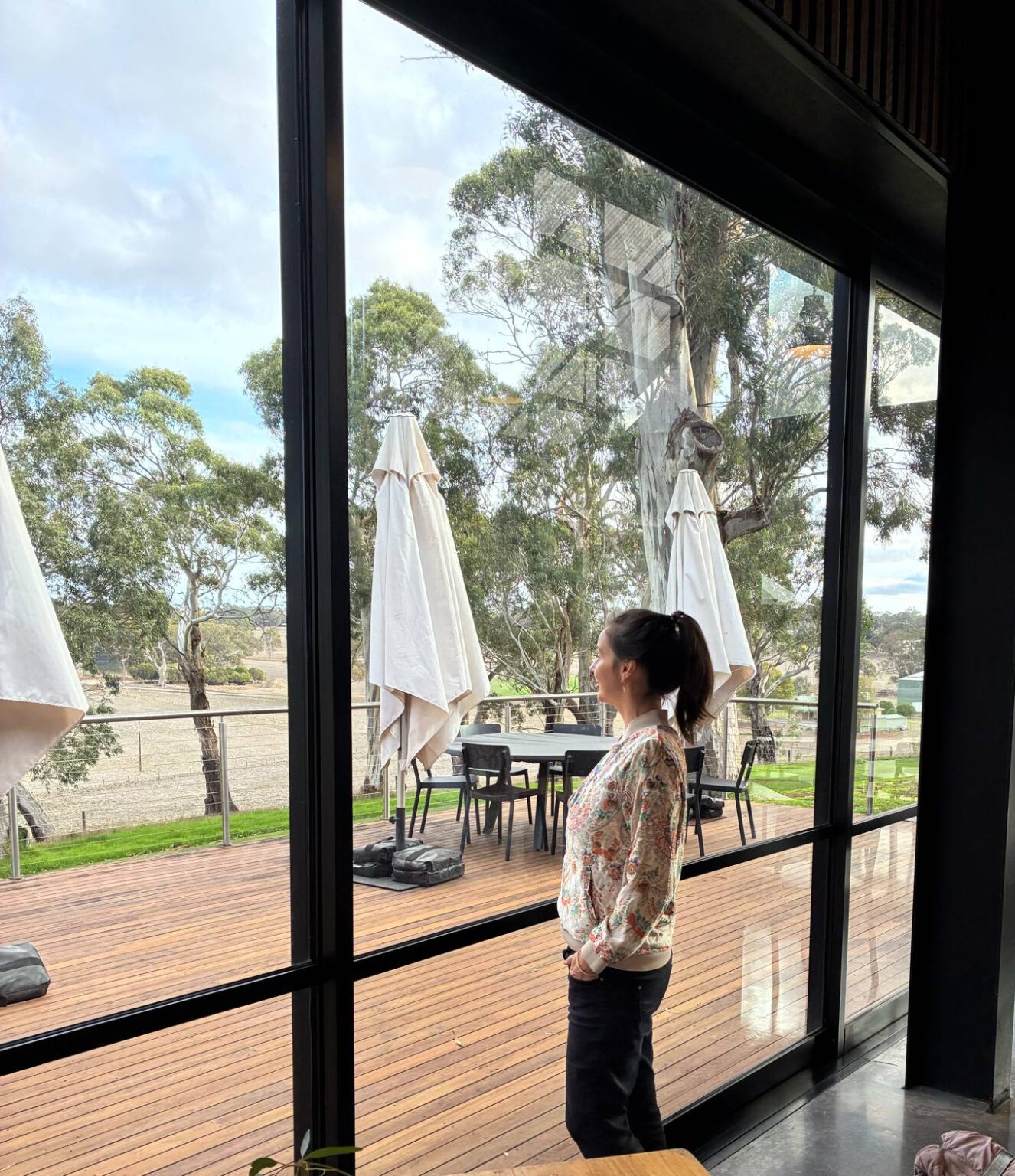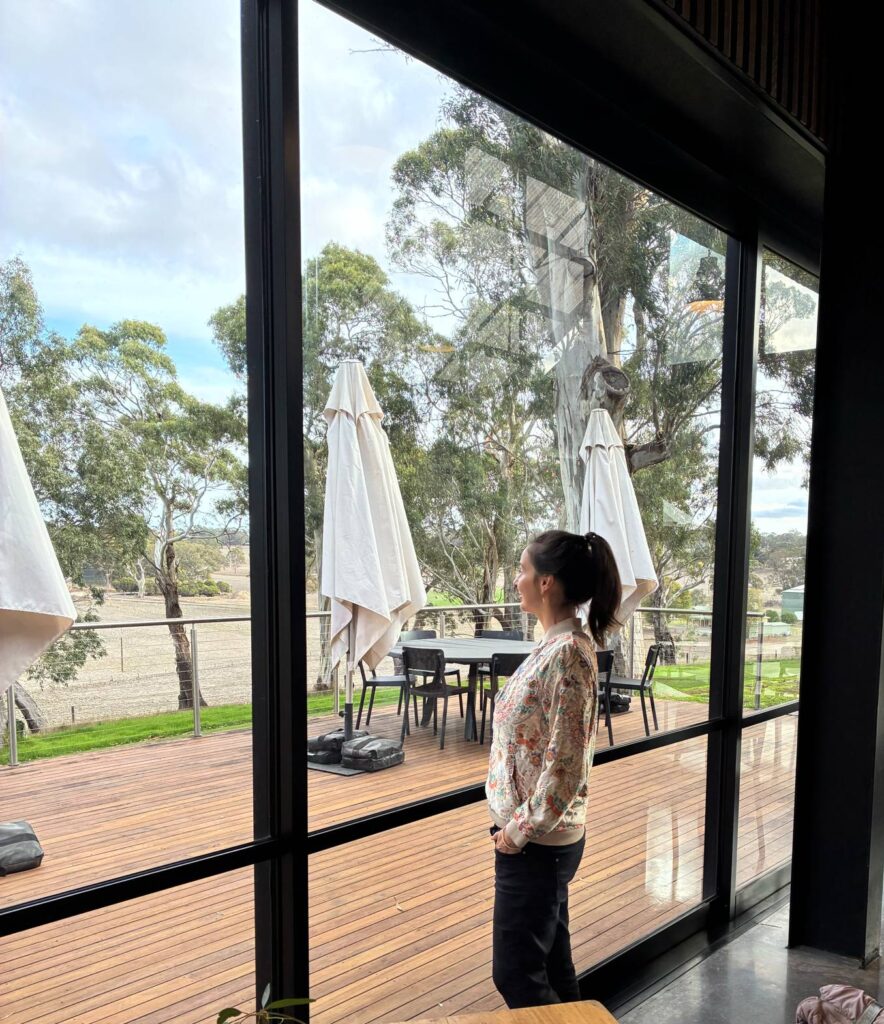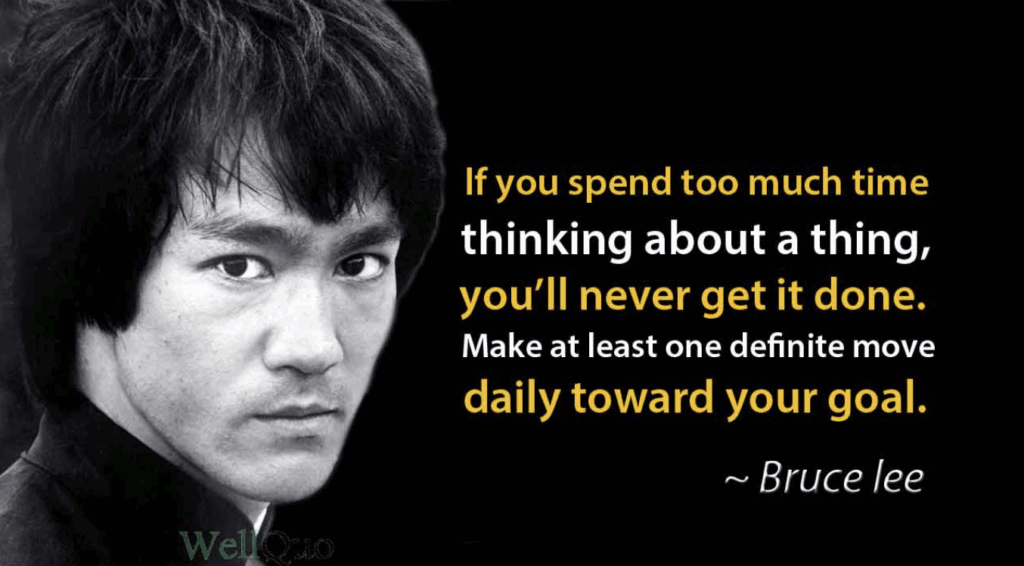Have you ever wondered what really happens when you work with your subconscious mind? Rapid Transformational Therapy® (RTT) is gaining recognition worldwide as a powerful method for creating lasting change — not just by managing surface-level symptoms, but by addressing the root cause hidden deep in the subconscious.
In this article, I’ll take you behind the scenes of a typical day in my RTT practice. You’ll see how sessions unfold, what clients experience, and why this unique approach to subconscious healing can feel like coming home to yourself.
What Is Rapid Transformational Therapy (RTT)?
RTT is a hybrid therapeutic method developed by Marisa Peer, combining the most effective elements of hypnotherapy, psychotherapy, NLP, and cognitive behavioral techniques. Its main focus is on accessing the subconscious mind — the part of us that stores beliefs, memories, and automatic programs that shape our daily lives.
While we often believe that willpower alone can change habits, research shows that the subconscious is responsible for up to 95% of our thoughts, emotions, and behaviors (National Science Foundation). This is why repeating affirmations or making conscious resolutions often fails — the deeper programming hasn’t shifted.
RTT bridges this gap by identifying and reprogramming subconscious blocks.
How RTT Works with the Subconscious Mind
In an RTT session, clients are guided into a relaxed, focused state of hypnosis. Contrary to common misconceptions, hypnosis is not about losing control. Instead, it’s a safe, natural state of awareness where the critical, analytical part of the mind steps aside, and the subconscious becomes more accessible (American Psychological Association).
This allows the therapist and client to:
-
Uncover the root cause of an issue (often a childhood belief or memory).
-
Reframe old interpretations that no longer serve the person.
-
Install new empowering beliefs through guided suggestions and visualization.
-
Reinforce the change with a personalized audio recording for 21+ days.
The result is not just symptom relief, but a profound shift in self-perception and daily behavior.
A Day in My Practice: The RTT Session Process
Here’s what a typical RTT journey looks like for my clients:
1. Discovery Call
We begin with a conversation to clarify the client’s challenge — whether it’s anxiety, low confidence, weight struggles, or self-sabotage. Together, we define the desired outcome.
2. Entering Hypnosis
During the session, I guide the client into a deeply relaxed state. They remain aware and in control, simply more open to accessing subconscious memories and insights.
3. Regression and Root Cause
We revisit scenes from earlier life experiences that planted the beliefs driving current struggles. For example, a client struggling with confidence may discover that a teacher’s harsh words in childhood created a subconscious program: “I’m not good enough.”
4. Reframing and Healing
Through dialogue and reframing techniques, the client begins to see that those old beliefs were never the truth — only a child’s interpretation of events.
5. Personalized Recording
After the session, I create a custom hypnosis audio. This becomes a daily reinforcement tool, rewiring the mind with empowering beliefs.
6. Integration
Over the next 3–4 weeks, the client listens to their recording and notices subtle but powerful shifts in thought patterns, confidence, and behaviors.
Why Subconscious Reprogramming Creates Lasting Change
Science now confirms that the brain is highly neuroplastic — it can create new pathways at any age (Harvard University). When old subconscious beliefs are updated and replaced, people often experience results faster than with traditional talk therapy alone.
Common benefits reported by RTT clients include:
-
Freedom from anxiety, phobias, or habits
-
Greater confidence and self-worth
-
Improved relationships and communication
-
Release of weight or emotional eating
-
Enhanced focus and performance
The key difference is that RTT goes beyond conscious effort and works directly with the part of the mind that governs automatic thoughts and reactions.
5 Frequently Asked Questions About RTT and the Subconscious
1. What is RTT and how does it work?
RTT is a therapy method that uses hypnosis to access the subconscious, identify limiting beliefs, and reprogram them with empowering suggestions.
2. Is hypnosis safe?
Yes. Hypnosis is a natural state similar to daydreaming. Clients remain aware and in control throughout the session (Mayo Clinic).
3. How many RTT sessions do I need?
Many clients experience significant breakthroughs in just 1–3 sessions, though some may benefit from more, depending on the issue.
4. What results can I expect?
Clients often report immediate shifts in perspective, followed by gradual improvements as new subconscious programming takes root.
5. Can RTT help with physical health issues?
RTT primarily addresses the mind, but since beliefs and emotions impact the body, many clients experience improvements in sleep, energy, and even pain reduction.
The Transformative Power of Working with Your Subconscious
When clients walk into my practice, they often feel stuck — trapped in repeating cycles of anxiety, self-doubt, or unhelpful habits. By the time they leave, many feel lighter, clearer, and empowered with a new sense of possibility.
The truth is, you don’t have to fight your subconscious — you can work with it. RTT provides a structured yet deeply personal way to rewrite the stories that have shaped your life.
If you’ve ever been curious about how subconscious reprogramming works, or what it’s like to experience an RTT session, this inside look is just the beginning.




